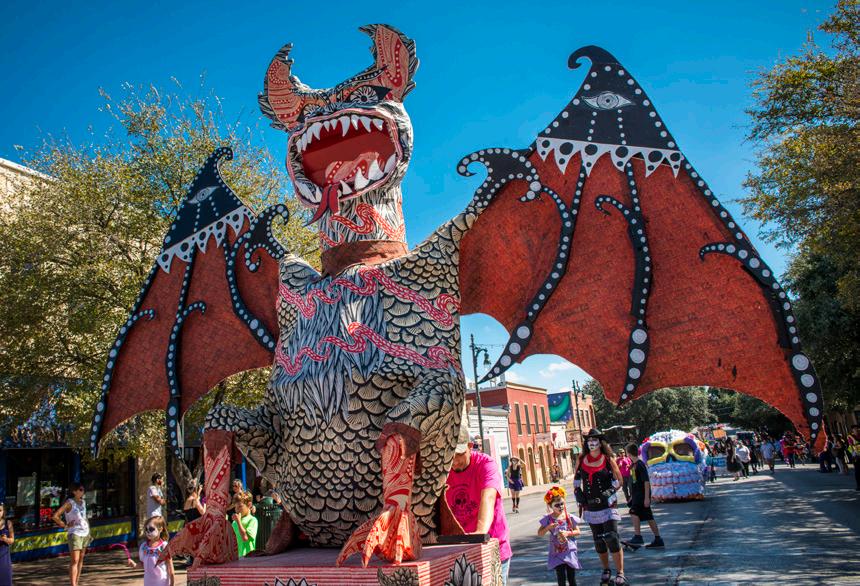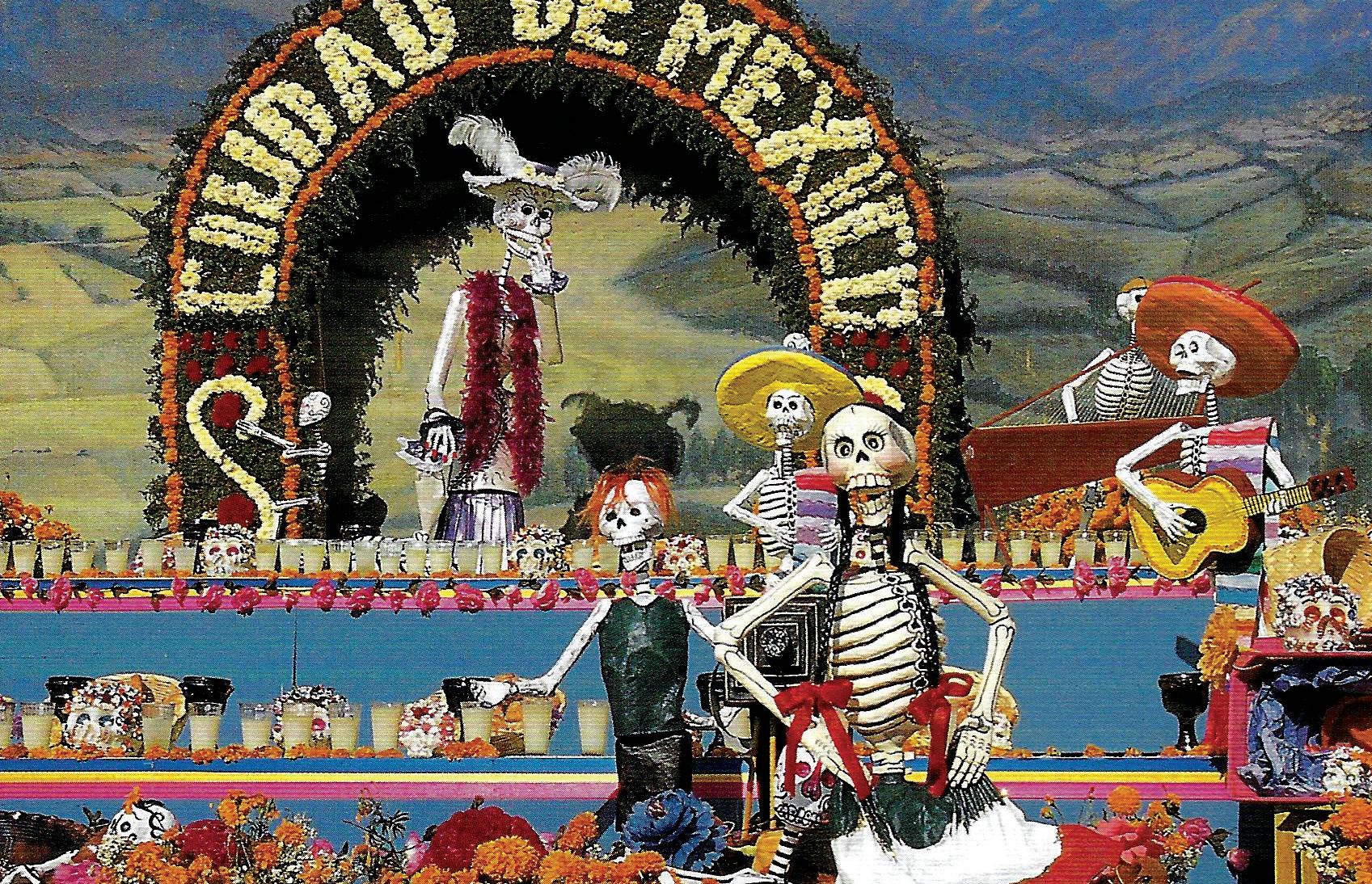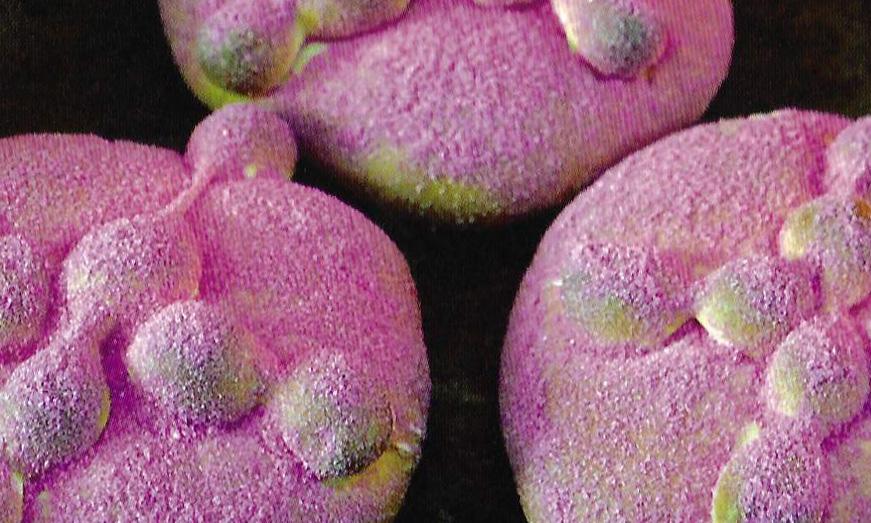
1 minute read
Camazotz: Bat God of the Underworld
1
In Mesoamerica the bat was associated with night, death, and sacrifice. In Maya mythology, Camazotz was a bat god. Camazotz means“death bat” in theK’iche’ language. The Maya considered him a terrifying god who served death and ruled the domain of twilight. This was likely due to the fact that the bats would inhabit the subterranean caves around the sacredcenotes, or sinkholes of water which the Mesoamericans believed were portals to the underworld. It would be a very chilling sight at dusk when the bats would swarm out of these ‘portals’ and begin drinking the blood of the other animals. The Mexica had a similar bat-god, Xipe Totec.
Advertisement
In the beginning, however, bats in pre-Columbian cultures were not associated with evil. They were believed to be powerful creatures, spirits and even gods. For example, in the Tajin pre-Columbian stone sculptures of Veracruz, vampire bats are depicted as gods and are also mentioned in epic myths and in the Maya book of creation, called Popol Vuh. In pre-Columbian codices such as theCodex Borgia, bats (having human form and personality) are depicted as involved in human sacrifice.
Among many beliefs of theTzotzil Maya, an indigenous Maya people of the central Chiapas highlands in southern Mexico, there was one that was especially important because it explained the origin of these people. These Maya used to call themselves“Tzotzil uinic,” which means – bat men.” Their story of origin claims that their ancestors had once discovered a stone bat and considered it as their god. Mayans of Central America believed the bat was the guardian of the Underworld and a powerful force against enemies.
As a deity devoted to the dead and the Underworld, Camazotz makes an appearance in the Viva la Vida Festival leading a procession of parade goers dressed in skull masks.
2
1
The Bat God Xipe Totec
Ceramic sculpture Templo Mayor Museum, Mexico City, Mexico Photo by Sylvia Orozco 2
Dennis McNett
Camazotz, 2014 Paper Mache, 122” x 172” x 61” Mexic-Arte Museum Permanent Collection Visiting artist, Dennis McNett created this sculpture in 2014 for the Viva la Vida Parade.









